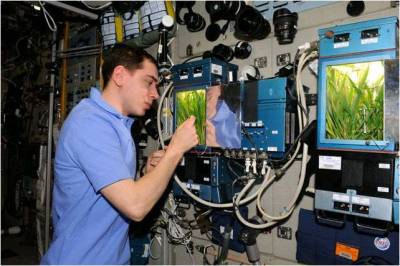How to Connect your TV with Android Devices?
Data is a commodity nowadays and it’s available for free. Smallest of the devices such as smartphones provide data in the range of 16-128GB. The challenge lies in utilization of this data fully. The smaller screens remain a critical roadblock in comparison to that with televisions or laptops. So why not use the large television screen and data from your mobile device?

It is in fact becoming a common practice to connect mobile devices to TV screens. Various forms of data can be utilized better this way. It can be games, presentations, apps, photos, videos, etc. We know that the idea isn’t new and not at all unknown. But there are just so many ways of doing so with its own pros and cons.
In this article, we intend to discuss the same. So, let’s go ahead with our little guide based on expert experiences and knowledge:
How To Connect Your TV With Your Android Device?
A major part of the overall population of the world is using Android devices for their mobile phones and tablets. The two ways of connecting them to your TV screens are:
Wired Connections
MHL Cables are a popular way of doing the job. It basically facilitates the connection using the USB port of your Android device, similar to computer cable. These are the USB to HDMI cableswhich can further be classified into active and passive cables.
Active power cables need a separate power source but are the most preferred ones as passive cables do not convert themselves. They depend on a MHL-ready TV. And just to remind, the world isn’t making a good number of them anymore.
Another available method is to connect it through Slimport. Even though it works in almost the same manner, it can output the signal to DVI, VGA, and DisplayPort, along with HDMI.
If you are opting for a wired connection, it is important to get quality cables. They not only facilitate a faster connection but ensure safety. You can buy them in bulk or online at much cheaper rates than your local electrical supply shop.
Wireless Connections
Accessibility to the devices such as smartphones, HotSpots, other Wi-Fi enabled enabled heavy electronics devices and so on is quite common. On top of that, nobody likes bunch of wires lying around them anymore. In fact, many new devices are lacking specifications to assist wired connections itself.
Miracast: Miracast was supposed to work only for televisions that had in-built Miracast support but now you can facilitate the connections using Wi-Fi dongles. But if you are using it for the likes of Netflix and YouTube, you better research before getting the dongle. Not all of them are compatible with everything.
Cast Screen: It can simply be termed as the savior as it is the easiest to use of all. It is originally known as ChromeCast and is supported by almost all Android devices. The app support is better than Miracast and it is a great way to watch photos, videos, and documents. So, you can now ditch your computer cable.
The only exception we would make is for gaming. Connecting wirelessly for gaming might result in some unfavorable and disruptive experience. Wired is the best way to go for gaming, even today!
Conclusion
Each of the available options has its own pros & cons. Latest technologies definitely have the advantage here. But overall, it is your basic requirement and availabilities that should decide which way you go!



Comments
Post a Comment